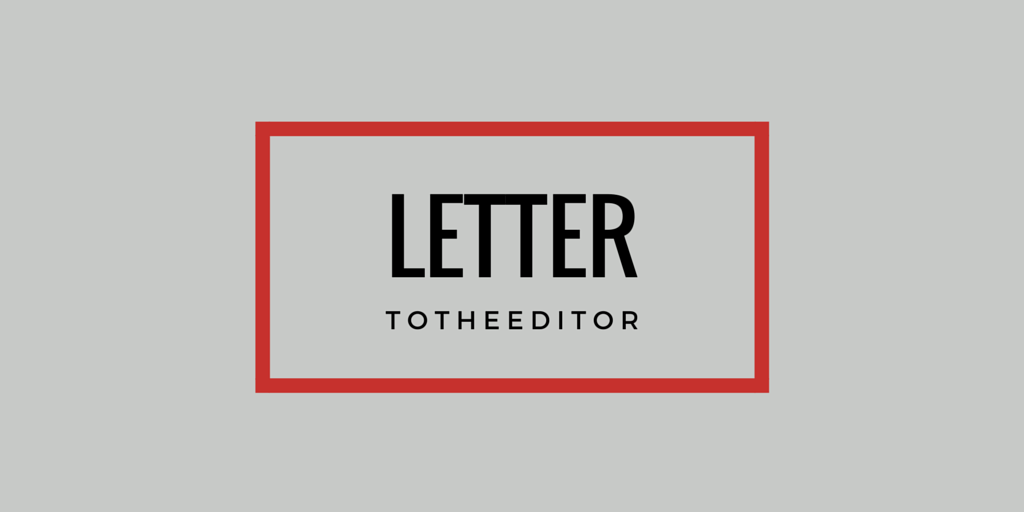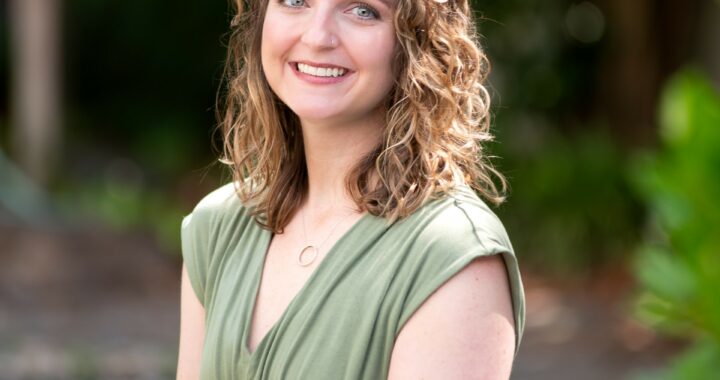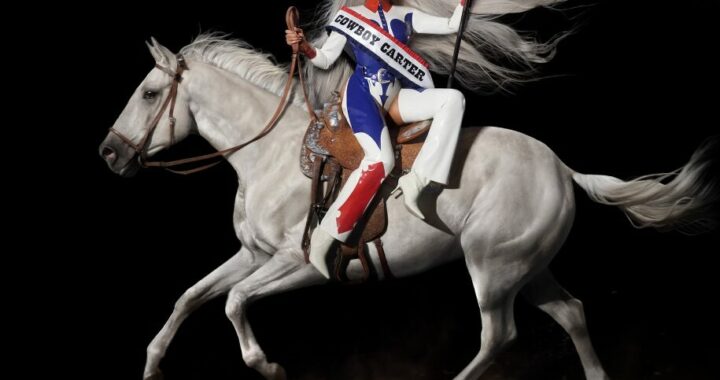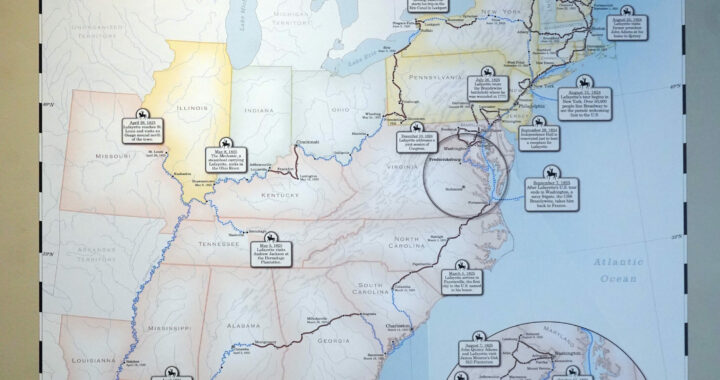Letter to the Editor: DiversAbility Club
5 min read
Lauren Brumfield | The Blue & Gray Press
By ELYSE DUNSTAN
For people in the United States who live with a disability – the nation’s largest minority group at 19 percent according to the 2012 census – our country that promises to be the land of opportunity often feels more like a land of oppression. For students who are disabled simply attending classes on campus or living in the dorms can be a constant struggle. DiversAbility, the club for students on campus with disabilities or chronic health conditions, meets weekly to discuss topics related to disability advocacy, studies, or simply every-day living.
Recently, our club met for a presentation given by our academic advisor, Dr. Chris Foss, on autism. This informative meeting coincided with an invitation our club received to join forces with UMW’s Office of Disability Resources in sponsoring an event on campus for April’s Autism Awareness Month.
After discussion amongst our club members with input from the community of people with autism, we have decided that we do not wish to align our club’s name and our philosophy with the Light It Up Blue campaign that is to take place at UMW during the month of April.
DiversAbility would like to tell you about why we will not be taking part in this event, and we would like to remind you that we are speaking as people with disabilities regarding a topic relating to disabilities, often giving personal examples from our own lives. For this particular cause, our loudest voices are from the people on all different parts of the DSM-5 classified entry known as Autism Spectrum Disorder.
Next, we’re the background voices of the family and loved ones of the autistic community; we’re the friends, neighbors, peers, and fellow Eagles who share our beloved university with people who have autism. And at our most quiet and most humble, we’re the people with no direct connection to autism who know when it is our turn to let others speak louder, our time to listen, and our time to learn.
Because we listen and value the voices of autistic individuals, we know just how much they are capable of; with this knowledge, we reject the image of autism that the organization Autism Speaks presents. We abhor any organization devoted to promoting autism awareness that does not have the valid and necessary input from a single person with autism on their Board of Directors.
We are suspicious of any literature produced from a company who released a video of mothers lamenting their lives because of their autistic children, and we particularly concerned that this organization remains the loudest voice on all things autistic even when they so actively strive to fundraise their way into a cure.
The blue puzzle piece that is synonymous with Autism Speaks has become the most iconic image of autism in its entirety, but that logo does not represent how people with autism would like the public to see them. According to some organizations, autistic people are, above all, a burden to their families, as the majority are non-verbal who require constant supervision, not capable of communicating in a way that could be understood.
The awareness demanded by the puzzle pieces so often found in society draws attention to the ways somebody with autism is different, creating a morbid spectacle as the autistic individual has to try to mold away his odd shape into one more normal and square-shaped.
The logo focuses on the weaknesses of autism. It points to what is lacking for the individual, not at what is gained. Autism Speaks ignores the infinite number of ways possible to communicate that people with autism have found to to speak about their own thoughts and experiences, and Autism Speaks does nothing to encourage the world to change to accommodate parts of being autistic that do not uniformly conform to society’s expectations.
The blue puzzle piece does not demonstrate our capability, our accomplishments, or our potential. Autism Speaks does not showcase our reality. However, due to the prevalence of the icon, autistic voices are being drowned out by an organization that claims to speak for them. The blue puzzle piece, Autism Speaks, and the Light It Up Blue campaign, while perhaps having good intentions, bring awareness to an issue that most people are already aware of. The tree outside of Ball Circle that will be lit in blue for the month of April will perpetuate the false narrative that all autistic people are pitiful outsiders, defective and in need of a cure in order to be “normal”.
DiversAbility welcomes our friends who have autism exactly as they are, which is why we will be celebrating Autism Acceptance Month. The origins of this campaign are rooted in part with the Autism Self-Advocacy Network, an organization that DiversAbility wholeheartedly supports.
We will not use the autistic community to make ourselves feel better for our own misfortunes in life, and we will never diminish somebody else’s humanity, however different, to elevate our own. We will understand that people who have autism are the experts in their own lives, and so we will listen to their stories.
The tree on Ball Circle will remain blue despite our misgivings, and the only thing DiversAbility can do is to add our voice to the conversation.
Join us in Autism Acceptance Month as part of our longer, 12-month annual quest to allow people with autism to continue to live their lives in the ways that are most comfortable to them. We will not gawk at them as if they were on display, and we will exercise patience and self-control when people with autism do things or communicate differently than we would. We will be critical of ourselves and our behaviors, recognizing when we need change our small part of the world to allow autistic individuals to thrive as themselves.
Try and remember every time you see the blue tree on Ball Circle, a blue shirt chosen specifically for Autism Awareness Month, or the puzzle piece of Autism Speaks that people with autism are first and foremost people with unique attributes that add to the beauty and complexity of the world, not puzzles to be scrutinized, solved, or discarded and ignored.


